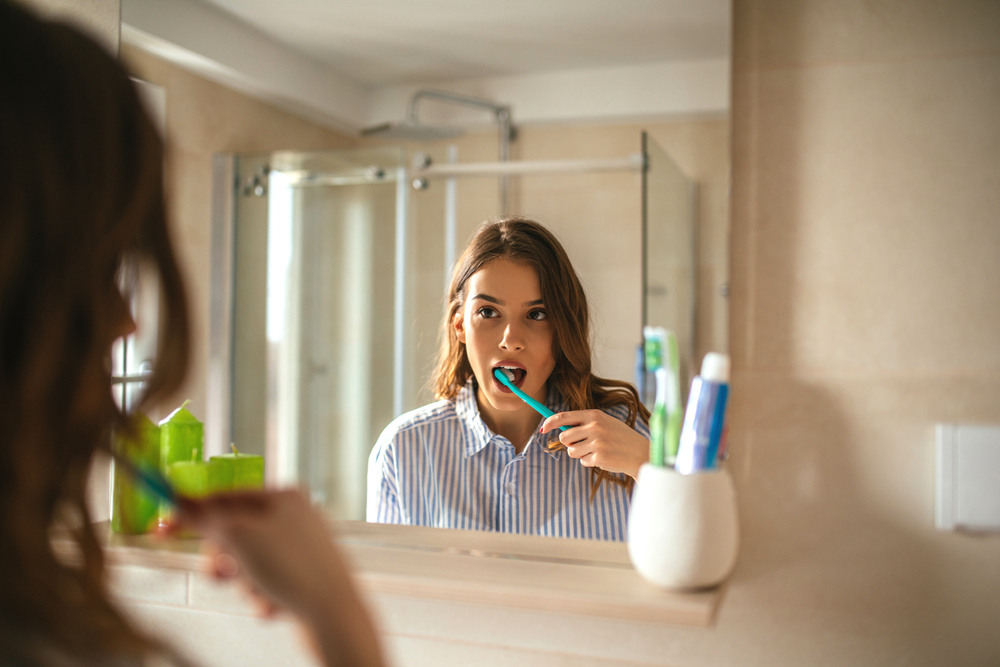Myths are common in the medical and dental industry. These myths were usually spread by word of mouth and often from someone else sharing their own experience. Today, these often exaggerated or misunderstood experiences are shared across the nation through social media like Facebook and TikTok and it can be difficult to tell the truth from the myth. Here are the most common dental health myths that we come across almost every day.
1. You Don’t Have to See the Dentist If Your Teeth Don’t Hurt
This myth is one that hurts our team and our patients alike. Preventative care is the best care! Not visiting the dentist regularly is like never changing the oil on your car. If you drive it until smoke starts coming out of the engine, you’re probably in for a huge repair cost. Similarly, if you are not visiting your dentist regularly for cleanings and checkups, we won’t be able to treat any issues before they become more serious. Regular visits include professional cleanings, x-rays, fillings, and fluoride treatments. In addition to regular brushing and flossing, these simple and inexpensive treatments will keep your teeth healthy and strong. Avoiding the dentist until it is too late can lead to serious infection, gingivitis, or even tooth loss.
2. Brushing Harder Cleans Better
This one seems at odds with what most people believe. However, brushing harder is counterproductive. The harder you brush, the more trauma you are causing to your tooth enamel and gum tissue. Regularly brushing too hard can eventually lead to other problems such as gum recession which is a precursor to more serious dental concerns. If you are a hard brusher, we recommend using a soft bristled toothbrush. Most toothbrushes are labeled soft, medium, and hard, so be careful choosing the right one for you. Brush gently for two minutes, twice daily, and don’t forget to floss.
3. Flossing Is Not Really Necessary
Brushing and flossing have been the primary parts of good oral hygiene and health. Brushing alone is not enough to remove the regular build-up of plaque in your teeth. Flossing your teeth can remove up to 80% of plaque deposits that lead to tooth decay.
4. You Should Stop Brushing And Flossing If Your Gums Bleed
Wrong again! If you experience bleeding when you’re performing your daily oral hygiene routine it is a sign you need to be even more diligent about your oral health. Bleeding gums is a common symptom of gum disease, and can also indicate other concerns. If you experience some bleeding when restarting your daily flossing routine and are using the correct flossing technique, it may take 10-14 days before your gums are accustomed to regular flossing. If bleeding continues or you are experiencing pain or excessive bleeding, schedule an appointment with Dr. Wolter to figure out the problem.
5. Sugar-Free Gum Is An Effective Alternative To Brushing!
No. There are no alternatives to a proper oral hygiene routine! You may have heard that chewing gum can clean your teeth between brushing, which can be true. Gum will collect food debris and help eliminate plaque buildup, but it is nowhere near as effective as brushing or flossing. So, chew your favorite flavor gum, but remember to brush and floss before bed.
If you have more questions about common dental myths or something you may have heard from a friend or online, feel free to call for an appointment with Dr. Wolter today.


